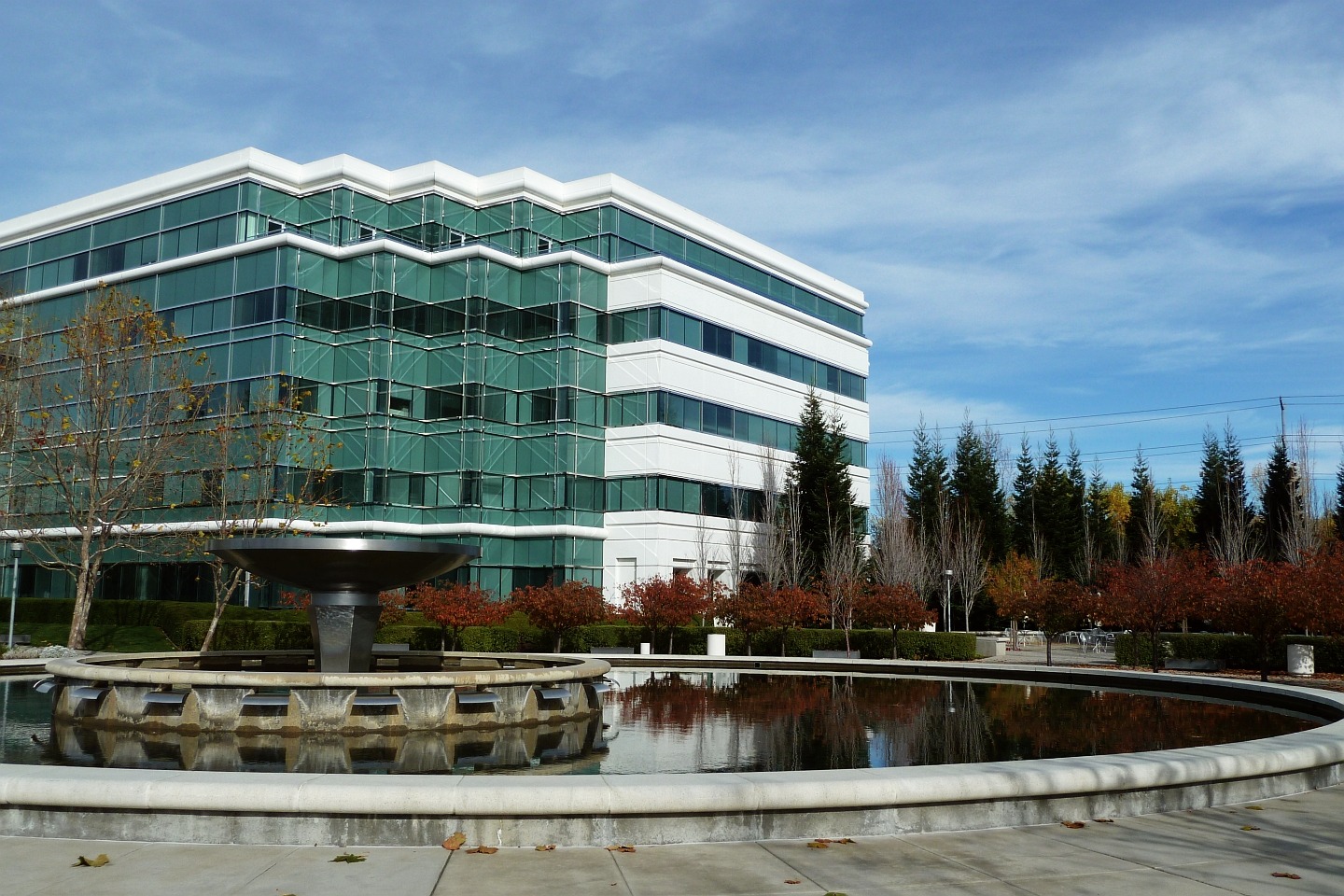San Ramon is a city in Contra Costa County in California. Like many of the county’s other towns, San Ramon’s story is also one of progress and growth.
The early history of the city and its name’s origin
In its bygone lush natural state, the place that is San Ramon today was inhabited by Seunen, Ohlone and Costanoan Indans who lived near the valley creeks. Years later it became a grazing land, part of the Mission San Jose which eventually included the 16,000-plus-acre Rancho San Ramon, owned by Jose Maria Amador. The “Ramon” was named after an Indian vaquero(livestock herder) Ramon who used to tend sheep there. In order to go with the flow of the Spanish custom, the “San” was added.
The first Anglo or American settlers in San Ramon were husband and wife Leo and Mary Jane Morris. The couple purchased a large portion of land from Amador. More and more people came and purchased properties in the town.
The arrival of the Southern Pacific Line in San Ramon
The first village of San Ramon was erected at the intersection of what is now Deerwood Road and San Ramon Valley Boulevard. Before settling on its original and present name, San Ramon had many unofficial monickers during the 19th century such as Brevensville, Lynchville and Limerick. When the village’s post office was opened in 1873, it reverted to San Ramon for good.
The 1891 arrival of the Southern Pacific Line was a great turnaround for many villages on the county. The Line’s new San Ramon branch provided a great convenience for commuters and farmers who transported their own produce and other perishable goods alike, under any other weather conditions. San Ramon became a terminus for the line until the beginning of the 20th century, leading to the establishment of a two-story depot, a turnaround for the trains and an engine den. The line was also used to transport rock and gravel which were unloaded on the nearby Danville town for the construction of a new road there.
From an agricultural town to a bourgeoning city
San Ramon had a healthy agricultural economy, as it produced abundant grains, various fruit crops especially Bartlett pears, and walnuts; farmers also raised cattle and sheep. In 1911 a community hall was built to serve multifunctional gatherings for farming and ranch families.
Well until the middle part of the 20th century San Ramon’s economy remained essentially agricultural just like its neighboring towns. With the arrival of the I-680 in 1966 the commercial aspect of the town changed tremendously, prompting the construction of more suburban homes and along with them came more services like water, electricity, fire protection and garbage collection. Population of San Ramon grew to 4,084 according to the 1970 census.
The incorporation of San Ramon
To uphold the town’s identity as well as to protect the interest of the residents, they voted to turn San Ramon into an incorporated town in July 1983.
Since the incorporation San Ramon, the town became more vibrant than ever. It witnessed more establishments of hospitals, a new library, parks, police headquarters and commercial centers; the number of residents grew. As of 2010, San Ramon’s population stood at 72,148.
Today San Ramon is a highly urbanized town, with many of the national and global companies having set up their headquarters there. It is also a great place for recreation and celebration as San Ramon holds annual local events such as the Art and Wind Festival and the Fourth of July Picnic and Fireworks Show. It has also been a “Tree City” since it was named such by the National Arbor Day Foundation.
From its quiet beginnings in the past decades, San Ramon has now emerged as a bustling commercial, residential and recreational area. It is equipped to face other challenges as it did in the past, while looking forward to future progress.
